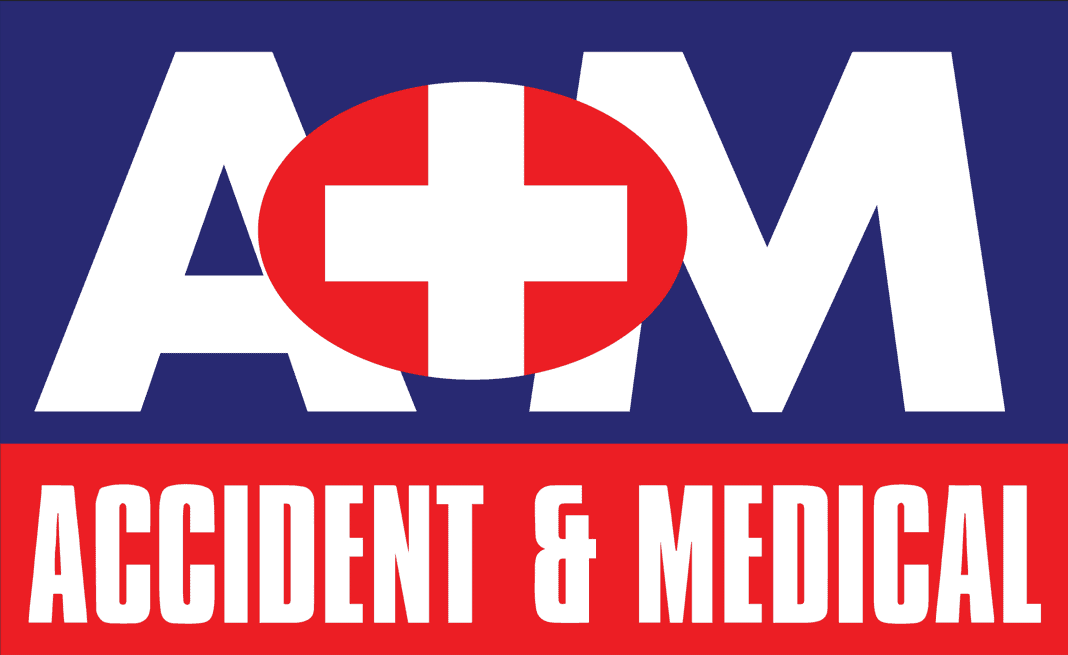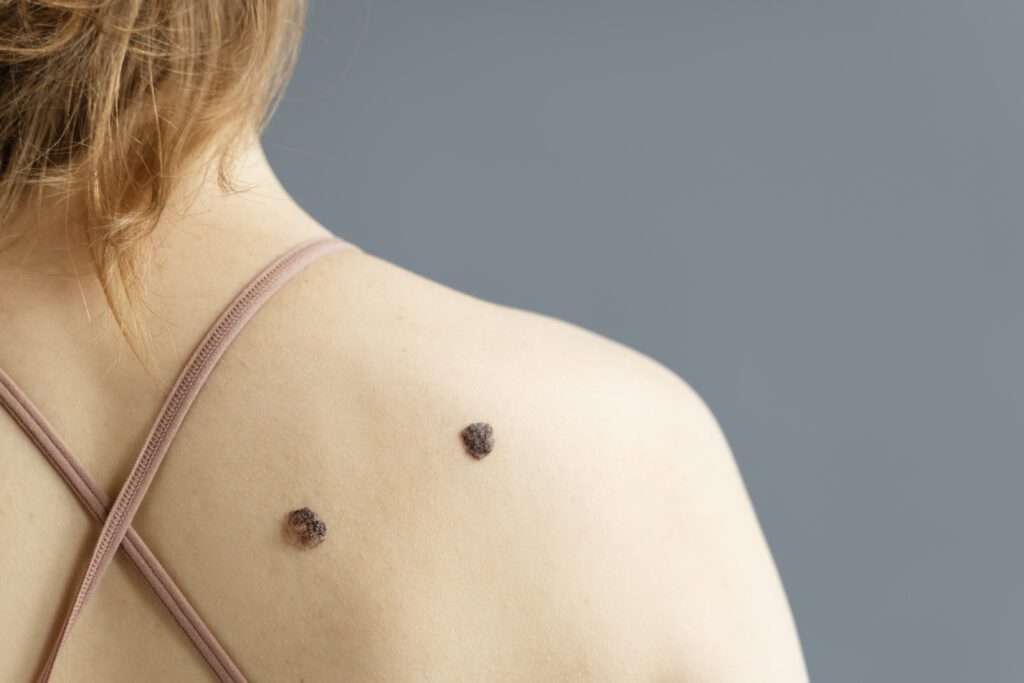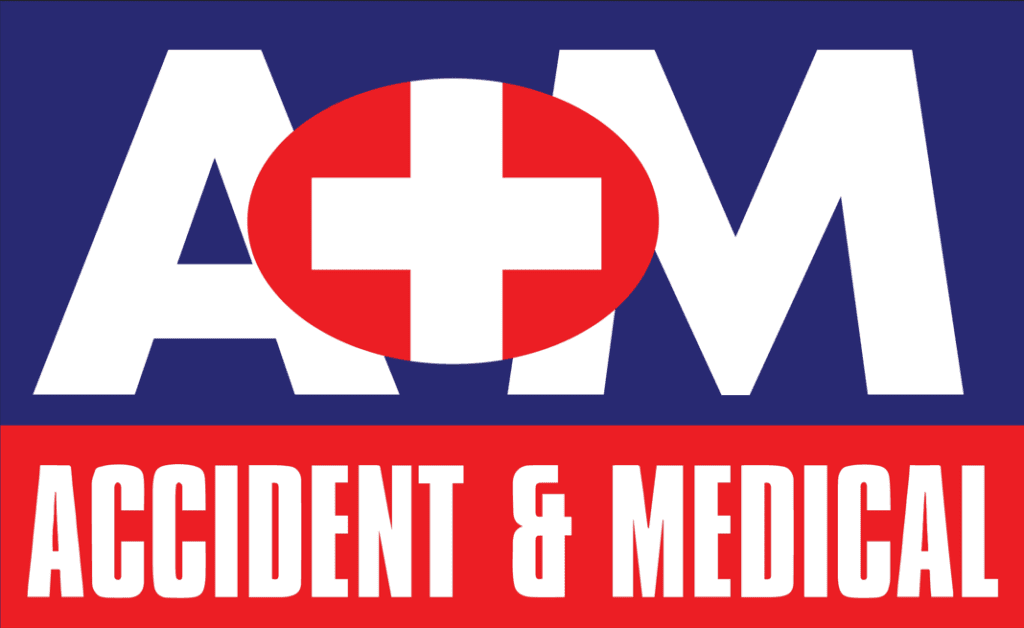What is skin cancer?
Skin cancer is a type of cancer that affects the cells in the skin. It develops when skin cells are damaged by exposure to ultraviolet (UV) radiation mostly, from the sun or from other sources, such as tanning beds. The damaged cells can grow out of control and form a cancerous growth.
There are three main types of skin cancer: basal cell carcinoma, squamous cell carcinoma, and melanoma. Basal cell carcinoma and squamous cell carcinoma are the most common types of skin cancer, while melanoma is less common but more aggressive.
Early detection and treatment are important in the management of skin cancer. People can reduce their risk of developing skin cancer by practicing sun safety measures such as wearing protective clothing, using sunscreen, and avoiding peak sun hours.
What are the early signs of skin cancer?
The early signs of skin cancer can vary depending on the type of skin cancer. Here are some general signs to look out for:
- A new mole or growth on the skin that appears suddenly or changes in size, shape, colour, or texture within a small period.
- A sore that does not heal within a few weeks.
- A spot or growth that itches, bleeds, or becomes crusty, other than an old healing wound!
- An area of skin that feels tender or painful to the touch.
- A dark spot or streak under a nail that does not go away. This may be due to an injury to the nail but it’s better to keep an eye!
It’s important to note that not all skin cancers look the same and some may not show any symptoms in the early stages. Regular self-examinations and annual skin cancer screenings with a dermatologist can help detect skin cancer early when it is most treatable.
How can you identify skin cancer?
Skin cancer can be identified through a combination of a skin examination and biopsy. These cannot be done by a regular person. Professional aid must be gained. Here are the steps involved in identifying skin cancer:
Skin examination
During a skin examination, a dermatologist will visually inspect the skin for any unusual spots, moles, or growths. The dermatologist may use a special magnifying lens, to examine the skin in more detail.
Biopsy
If the dermatologist suspects skin cancer, they may perform a biopsy, which involves removing a tiny sample of the affected skin for further testing. The sample will be sent to a laboratory for analysis to determine if it is cancerous and, if so, what type of skin cancer it is. This is, what doctors call, a diagnostic test; meaning what confirms the condition.
If the biopsy confirms the presence of skin cancer, additional tests may be needed to check if the cancer has spread to other parts of the body. These tests may include imaging tests such as X-rays or CT scans.
Early detection is key to the successful treatment of skin cancer. Regular skin exams and self-examinations can help identify skin cancer in its early stages when it is most treatable. If you notice any unusual spots or growths on your skin, consult your GP for an evaluation.
What are the types of skin cancer?
There are three main types of skin cancer:
Basal cell carcinoma (BCC)
BCC is the most common type of skin cancer, accounting for about 80% of all cases. It typically appears on sun-exposed areas such as the face, neck, and arms, as a small, waxy bump that may have visible blood vessels.
Squamous cell carcinoma (SCC)
SCC is the second most common type of skin cancer, accounting for about 16% of all cases. It typically appears on sun-exposed areas such as the face, neck, and hands, as a scaly or crusty growth with a hard, raised edge.
Melanoma
Although less common than BCC or SCC, melanoma is the most dangerous type of skin cancer. It can develop anywhere on the body, including areas not exposed to the sun, and often appears as a new, unusual mole or an existing mole that changes in size, shape, or colour.
Early detection and treatment are important for all types of skin cancer, as they can spread to other parts of the body if left untreated.

How common is skin cancer?
Each year in Aotearoa New Zealand:
- An estimated 90,000 non-melanoma skin cancers (SCC, BCC) are diagnosed, with an estimated health care cost of $129.4 million.
- About 2,800 invasive melanomas are diagnosed, with estimated health care costs of $54.5 million.
- Over 4,000 people are found to have in-situ melanoma (melanoma that has not spread to other parts of the body).
- By 2025 the total cost of skin cancer treatment is expected to grow to $295 million.
The good news is that most skin cancers can be successfully treated by your doctor!
What causes skin cancer?
The main cause of skin cancer is exposure to ultraviolet (UV) radiation from the sun or other sources, such as tanning beds. When UV radiation damages the DNA in skin cells, it can cause mutations that lead to the uncontrolled growth of abnormal cells, which can then form cancer.
Other factors that can increase the risk of developing skin cancer include:
Fair skin
People with lighter skin are more susceptible to skin damage from UV radiation and are at a higher risk of developing skin cancer.
Family history
A family history of skin cancer can significantly increase the risk of developing skin cancer.
Age
As people age, their skin becomes less able to protect itself from UV radiation, which can increase the risk of skin cancer. Children can be at higher risk as their exposure times are high and as they grow the skin cancers can grow to a greater extend. So, you should pay extra attention to your kids!
Exposure to chemicals
Exposure to certain chemicals, such as arsenic and coal tar, can increase the risk of skin cancer.
Weakened immune system
People with weakened immune systems, such as those with HIV/AIDS or who have had an organ transplant, are at a higher risk of developing skin cancer.
It’s important to take steps to protect your skin from UV radiation and to regularly check your skin for any changes or abnormalities that may indicate skin cancer.
How is skin cancer treated?
The treatment for skin cancer depends on the type and stage (how badly it has grown) of the cancer, as well as other factors such as the patient’s age and overall health. Here are some common treatment options for skin cancer:
Surgery
Surgery is the most common treatment for skin cancer. It involves removing the cancerous tissue and a margin of healthy tissue surrounding it.
Mohs surgery
Mohs surgery is a specialized surgical technique that is often used for skin cancers that are large, aggressive, or located in areas where preserving as much healthy tissue as possible is important.
Radiation therapy
Radiation therapy uses high-energy rays to kill cancer cells. It may be used in combination with surgery or as a primary treatment for skin cancer that cannot be removed surgically.
Topical chemotherapy
Topical chemotherapy involves applying a cream or lotion to the skin to kill cancer cells. It is often used for early-stage skin cancers that are confined to the top layer of the skin.
Immunotherapy
Immunotherapy is a type of treatment that helps the body’s immune system fight cancer cells. It may be used for advanced skin cancers that have spread to other parts of the body.
Targeted therapy
Targeted therapy is a type of treatment that targets specific molecules in cancer cells to stop their growth and spread. It may be used for advanced skin cancers that have specific genetic mutations.
The treatment plan will be tailored to each individual’s needs and may involve a combination of these treatments. It’s important to discuss all available options with a healthcare professional to determine the best course of treatment for each individual case.
Can skin cancer be prevented?
Is there an option as such? Yes of course! There are steps you can take to reduce your risk of developing skin cancer. Here are some prevention strategies:
Limit sun exposure
Avoid prolonged exposure to the sun, especially during the hours when UV radiation is strongest (between 10 a.m. and 4 p.m.). Seek shade when possible, and wear protective clothing, such as hats and long-sleeved shirts.
Wear sunscreen
Use a broad-spectrum sunscreen with an SPF of 30 or higher, and apply it generously and often, at least every two hours or more often if you are swimming or sweating or of course if you wash it away!
Avoid tanning beds
Tanning beds emit UV radiation that can damage your skin and increase your risk of skin cancer. After all, tanning doesn’t always come risk-free!
Check your skin regularly
Regularly examine your skin for any changes or abnormalities that could indicate skin cancer. Ask your doctor or dermatologist to examine any moles or spots that concern you.
Protect children from the sun
Protect your children from sun exposure and teach them sun-safe habits from a young age. This should be taught to your kids too; they would understand and educate their friends too!
Be aware of medications that may increase sensitivity to the sun
Some medications, such as cosmetics and moisturising lotions, can increase your sensitivity to the sun, making you more prone to sunburn and skin damage. Check with your doctor or pharmacist if you are unsure about a medication’s sun-sensitivity.
By taking these steps, you can help reduce your risk of developing skin cancer. Remember that early detection and treatment are crucial for the best outcome, so if you notice any changes in your skin or have concerns, consult your doctor or dermatologist.
When shall I see my healthcare provider?
Remember the 5 suspicious signs of skin cancer? Let’s recall it again!
- A new mole or growth on the skin that appears suddenly or changes in size, shape, colour, or texture within a small period.
- A sore that does not heal within a few weeks.
- A spot or growth that itches, bleeds, or becomes crusty, other than an old healing wound!
- An area of skin that feels tender or painful to the touch.
- A dark spot or streak under a nail that does not go away.
Tips for talking to your doctor
Here are some important questions you may want to ask your doctor or dermatologist regarding skin cancer:
- What type of skin cancer do I have, and what stage is it in?
- What are the treatment options for my specific type and stage of skin cancer?
- What are the benefits and risks of each treatment option, and which one do you recommend?
- What is the success rate of the recommended treatment?
- What financial options do I have? How much would it cost in the long run?
- What are the potential side effects of the treatment, and how can they be managed?
- How will the treatment affect my daily life and activities, such as work or exercise?
- How often should I come in for follow-up appointments and check-ups?
- What are the chances of the skin cancer coming back after treatment?
- Are there any lifestyle changes or habits I can adopt to reduce my risk of developing skin cancer in the future?
- How can I protect my skin from the sun and prevent further damage?
It’s important to ask any questions or express any concerns you may have during your appointment. Your doctor or dermatologist is there to help you, and they want to ensure that you have a full understanding of your condition and treatment options.
After all, you have a right to know what you have and what you are facing up against. You should be the one who makes the call but let you doctor give you insight for you to make a better move!


